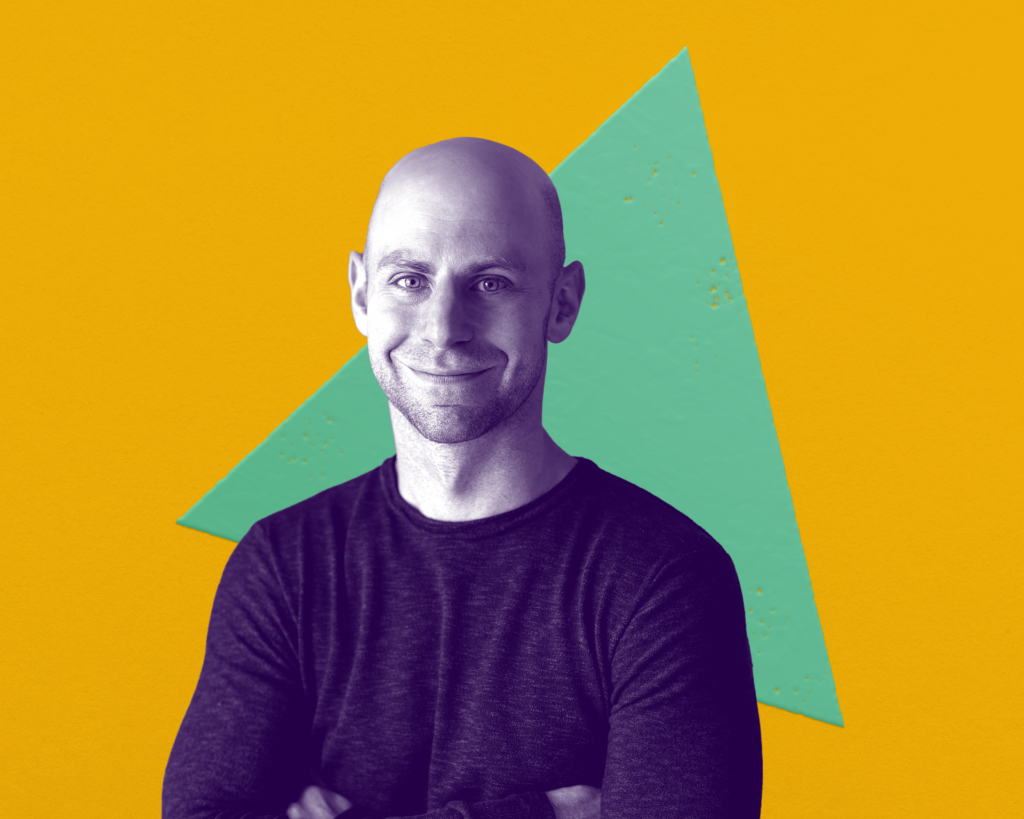Some years ago, I consulted for a hard-charging executive who cared little for his health. His constant travel made it difficult to establish good habits. He knew he was risking a shortened lifespan, but that wasn’t enough for him to make his health a priority.
The executive and his wife had adopted a son from abroad. By his teenage years, the boy had developed into a gifted artist. One day, he showed his father a mournful self-portrait titled the “The Orphan,” but the version of himself depicted was present-day—a young man of 16, not the little boy they’d adopted years back.
The executive asked about the title. Did his son still feel like an orphan? The boy burst into tears. He feared that his father’s lifestyle would soon rob him of yet another parent before he was ready. That finally did it. The executive turned his habits around.
So many of us can relate to this as we struggle to change our habits and achieve new goals. Is there a challenge you want to meet in the months ahead? Have you previously attempted to reach this goal and failed?
The key to success is to remember that a willing heart is more powerful than a wagging finger.

The thing to ask is not whether something is “right” or “wrong” but how it relates to the way you want to live your life. What kind of mental framework is providing the foundation for your change?
We’re often bombarded with messages about what others think we should do (or we do this to those around us). Our goal is to deliver top-quality work to a client, so we admonish our staff when their product is subpar. We’re worried about a loved one’s smoking habit, so we reprimand them when we smell tobacco on their clothes. In the case of the executive, both his doctor and his wife pressured him to improve his health and both failed to spark change. Why?
Because the values being pushed—abstract health benefits—weren’t his values. But the executive’s son recast the situation in a way that resonated deeply with his father. The “why” behind his goals were now clear.
Rather than pressuring from the outside in, it’s more effective to cultivate change from the inside out. If you’re trying to encourage a shift in someone (or yourself), consider the values that they (or you) already hold. Here are a couple suggestions for how you might go about it.
- Consider what the person’s values might be
- Think of how you might frame the end goal in terms that align with these values.
- Notice how the person is mentally framing the goal: Are they feeling defeated? Do they need encouragement?
- Remember that change is a process, not an event, and you must be patient with both yourself and others in the face of any transition. This kind of gentleness is integral to successful change—it simply won’t happen without a sense of compassion.
When you let actions radiate outward from an open heart, you’re far more likely to see lasting results.






 Take the Quiz
Take the Quiz